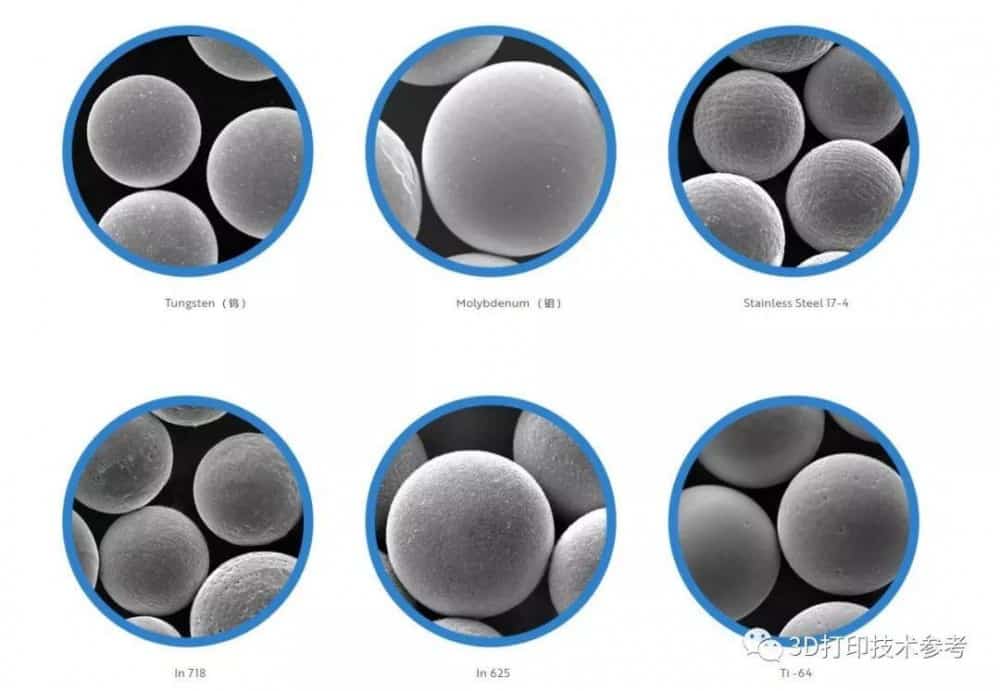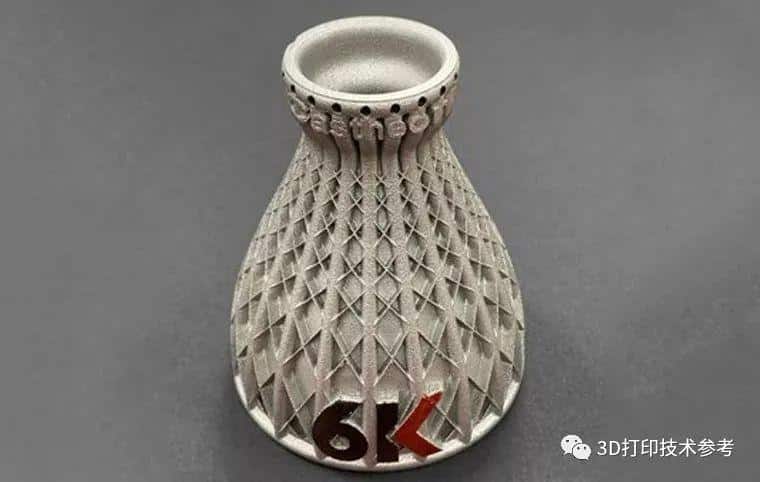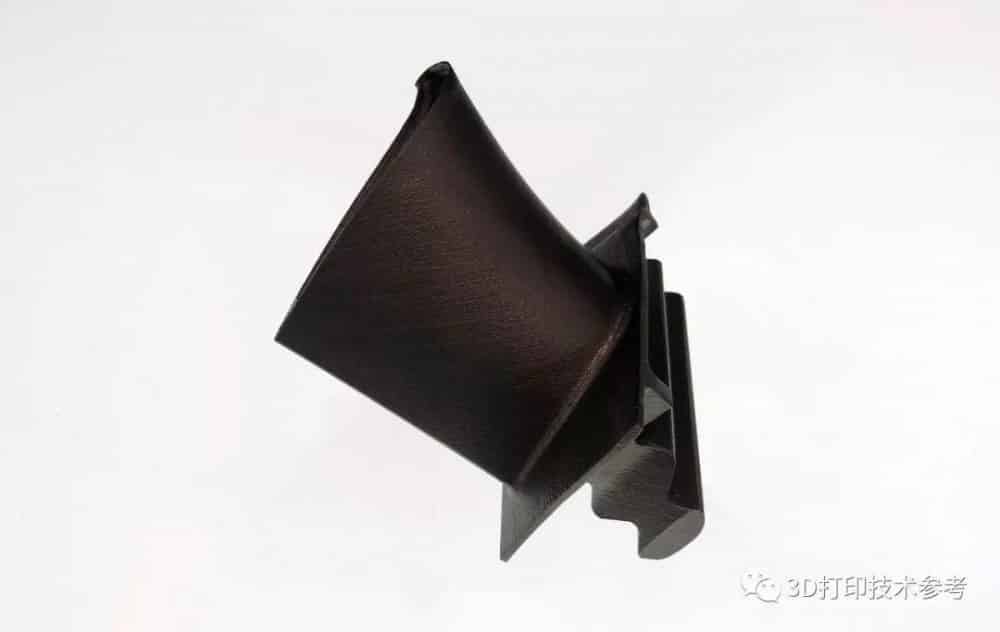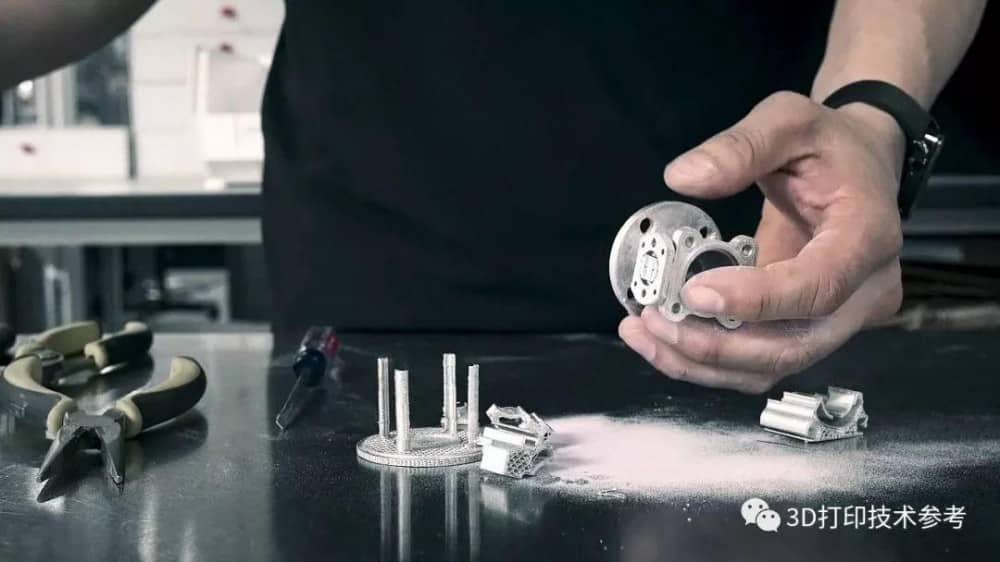It is believed that the output of metal 3D printing has been calculated by many companies engaged in this industry. According to the statistical data provided by a domestic 3D printing service provider, the ratio of the annual net weight of metal parts to the total consumption of materials (same kind of material) is due to The difference in materials varies from 1: 3.8 to 1: 2.5; the output ratio of metal 3D printing materials in another medical industry research institution is 1: 1.5. Through these two data, we can know that the material output rate of metal SLM is about 26% -67%, in fact, most cases are less than 50%. Of course, this range is not authoritative, but it has a certain representative significance. The author calculated that the output rate of this unit is also within this range.
This means that although 3D printing saves materials, it will also cause a lot of material waste. These consumed materials include supporting structures, waste parts, metal powders taken away by the circulation system and the losses caused by the powder screening process. The powders that are recycled many times also need to be mixed with new powders to continue to use.
One of the important factors for the high cost of 3D printing comes from the materials. Generally, the supporting structure of metal printing, waste parts, and contaminated powders can no longer be used. Enterprises often discard and pay processing fees, and some companies may consider it. There may be other ways to sell scrap metal, but the loss is huge, we also make statistics here.
Under the premise that the material itself is expensive, such a high amount of waste has caused the high cost of use today. Can these printed support structures and waste parts be reused? What can it be used for? 6K Additive, a manufacturer of metal powder, gave the answer.
▌Use CNC milling, grinding waste, 3D printing support, waste parts to produce high-quality metal powder
The process used by 6K is neither a widely used gas atomization method nor a plasma rotating electrode method, but a powdering process called microwave plasma. More importantly, the raw materials it uses are CNC milling and grinding wastes, and it aims to extend the function to 3D printed support structures, unqualified parts, and unqualified powders due to repeated use. The goal is to use 100% 3D printing materials in the supply chain to provide a new way for additive manufacturing applications to manage project costs and control the supply chain, while also promoting the development of additive manufacturing to a circular economy.

According to the 6K CEO, at least 50% of the cost of the gas atomization method comes from the loss of powder output, and the powdering efficiency of the microwave plasma process is as high as 90-95%. This process can vary accurately control the environmental conditions of metal melting into droplets. By adjusting the time, temperature, and flow rate, a large number of nearly perfect spherical metal particles can be produced.
The low cost of powdering raw materials and extremely high powdering efficiency have led to a reduction in powder cost. Further, this benefit has spread to the application side, and the user’s cost of use has also been reduced, and the loss due to waste has also been reduced. The cost of powder affects the cost of the entire production cycle.
▌Can be used in 3D printing processes such as SLM, EBM, adhesive spraying, etc.
Last month, 6K Additive launched its advanced In718 nickel-based superalloy powder produced using microwave plasma technology and machining waste as raw materials. At the same time, based on this process, 6K also introduced tungsten, molybdenum, 17-4PH stainless steel, IN625, and TC4, and other powder products. In addition, 6K is also developing non-eutectic alloy powders for 3D printing, such as high-entropy alloys and special aluminum alloys.

According to reports, due to the high uniformity of microwave plasma, the powder produced by this process has high sphericity, zero porosity, high fluidity and tap density, and eliminates satellite powder. Through metal recycling strategies, 6K classifies powders into powders for different manufacturing processes, such as SLM, EBM, binder injection, laser powder deposition, and powder metallurgy. The yield of fine powder close to 100% is 3-4 times that of the gas atomization process.


In terms of material performance, Casteon, a leading provider of additive manufacturing research and advanced manufacturing solutions in the United States, introduced that 6K In718 powder has higher material strength and elongation than before, and can obtain isotropic grains after heat treatment.
END
At present, the 6K Additive team can recycle and sell more than 500 tons of Ti-64 in the aerospace, medical and automotive industries every year, which provides the company with a large number of engineering materials.
Returning to the topic itself, the lack of materials for metal additive manufacturing is an important limiting factor for mass production. This is a vicious circle: slowing demand means less material development, which in turn leads to limited applications. Although there are many reasons for the slow development, the cost has always been criticized. The 3D printing waste recycling program provided by 6K not only prevents the waste of materials and reduces the cost of enterprises, but also truly builds metal printing into a circular economy.

